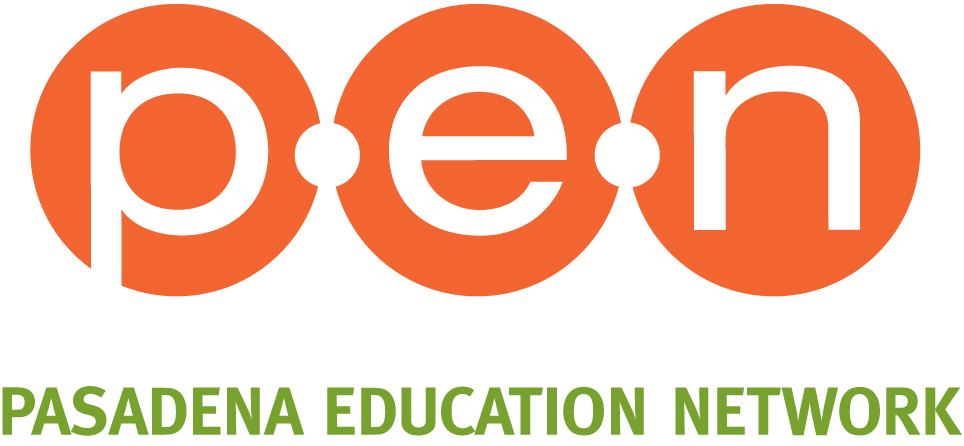A Personal Point of View: Going ‘PUBLIC’ in Pasadena
By Catherine Stringer, the parent of two PUSD students. We met Cat at Kids Klub when she was the parent of preschoolers and attended one of PEN’s presentations. She was a member of PEN’s Board of Directors, and is a West Pasadena Residents Association Advisory Board member (WRPA). This is reprinted from the WRPA newsletter.
When my husband and I moved to west Pasadena in 2007, it was almost on a whim. We chanced upon an open house during a Sunday afternoon drive and fell instantly in love with it and the surrounding neighborhood of San Rafael. At the time, we gave little thought to where our toddler and baby-on-the-way would go to school. It just seemed like home.
As all parents can attest, the next few years passed with what felt like warp speed, and before we knew it, we faced what we understood to be a momentous decision: where to send our eldest to kindergarten. That’s when I got a crash course in what I came to think of as the Pasadena paradox.
On one hand, Pasadena is a city with world- class academic and cultural institutions, a booming business sector, the best in science and tech, and an engaged citizenry. The public schools, though? We were told that Pasadena once boasted a stellar public-school system, but a decades-long decline in enrollment had left its reputation somewhere far south of mediocre. Many families that could afford the high cost of tuition were choosing private schools, and with more than 50 to choose from — about twice the number in Pasadena Unified — those options were plentiful. But for us, going public was the preference. We wanted to participate in the success of district schools, and join together in contributing to the education of the kids in our community.
In 2011, we sent our daughter to San Rafael Elementary, which had started a Spanish/English dual language immersion program (DLIP), and our son followed the next year. Today, they are both middle schoolers at Blair, which is Pasadena’s only International Baccalaureate World School and also offers continuation of the Spanish DLIP. With more than seven years’ hindsight, we have not once regretted our choice to go public.
Our kids are fluent learners in English and Spanish. Their academic courses — honors classes in English, math and science, and two classes in Spanish (grade-level history and Spanish language arts) are challenging. Many of their teachers are not just good, but exceptional. That academic rigor shows up in student achievement; Blair has had the district’s highest AP pass rate for the last three years, with a 100% pass rate in Calculus.
There are outstanding programs in music and theater, and a growing athletics program. Blair is a small school, with just under 1,000 students in grades 6-12, and that intimacy promotes an atmosphere of familiarity and inclusivity that supports students both academically and socially. Just this morning, my 7th grade daughter ran a half marathon with her Students Run Los Angeles (SRLA) team from Blair. The kids on the team and their teacher-coaches represent diverse cultures, life experiences and ambitions, but each loudly and enthusiastically supports everyone’s success — a dedication that will continue through training and every race leading up to the LA Marathon in March. They are in it together.
We share the conviction that a good public education is the right of every child, and that thriving public schools are key to thriving communities — and, in turn, a healthy, prosperous society. I asked my daughter to tell me her favorite thing about Blair. She offered: “I like how small it is, because when you can get to know everyone, people are really nice to each other. It’s like a big family.”
Right. Because we are all in this together.
